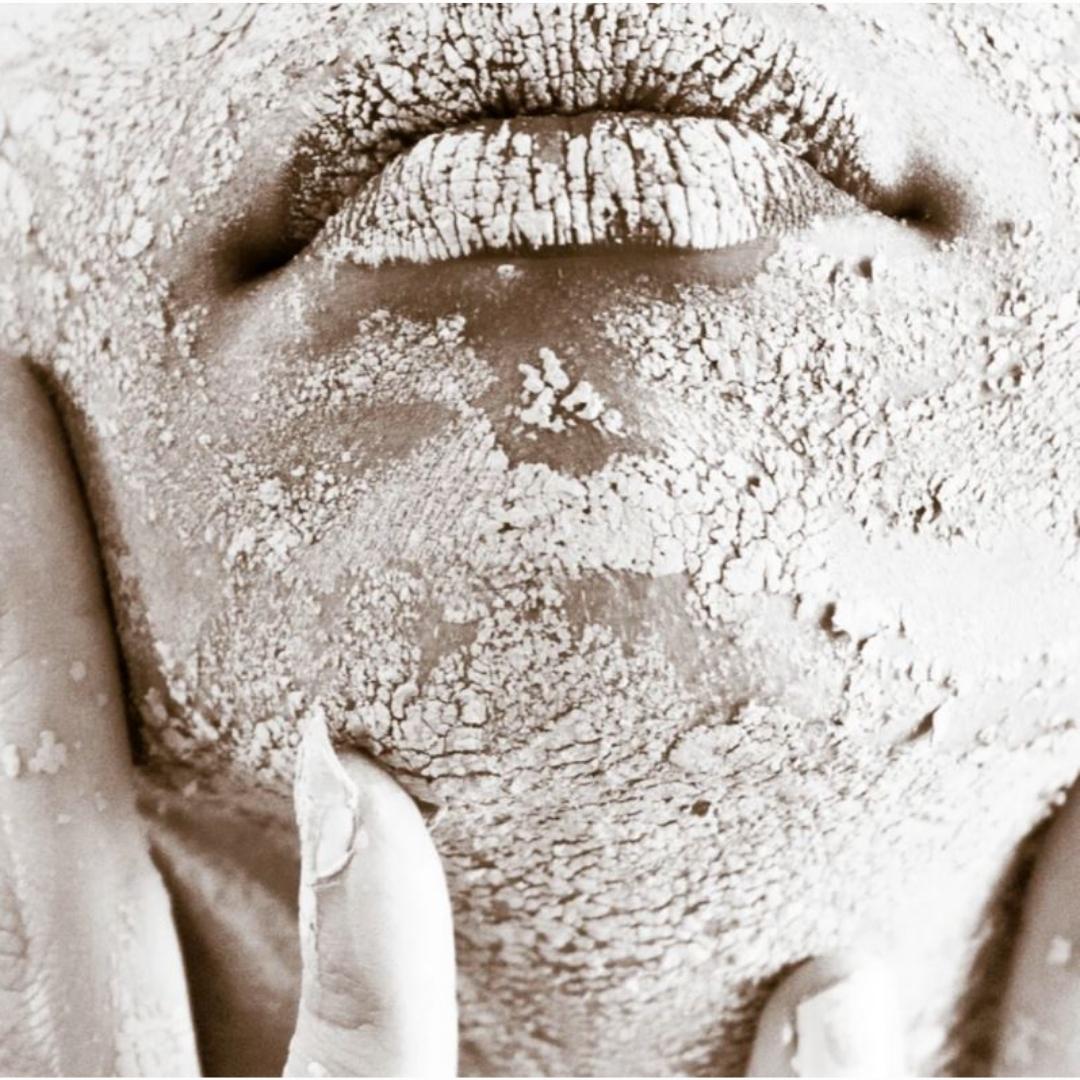Enlarged Pores - Causes and Treatment | élle derm
Pores are tiny openings where sweat and oil can reach the skin surface from their respective eccrine glands and sebaceous glands.
There are 2 Types of Pores
There are two types of pores and they can become enlarged for different reasons. Eccrine glands secrete sweat through pores that do not contain hair follicles. When sweat dries on the skin's surface, the salts that are left behind can block the pores.
Sebaceous glands secrete sebum (a mix of oil and proteins) and these pores have a hair follicle attached to them. When dead skin cells and excess oil get trapped around this hair follicle, it causes the pore to stretch and appear bigger. The function of sebum is to keep the skin moisturised.
Therefore, sweat is not secreted from the same pore as sebum (a common misconception we have).
Causes for Enlarged Pores
- Hormonal changes leading to an increase in sebum production
- Loss of skin elasticity with age
- Loss of skin elasticity and collagen due to sun damage
- Genetic predisposition (influences hair follicle size)
- Acne caused by an increase in sebum production
Pores can appear enlarged when the hair follicles are plugged with excess oil, dead skin cells and dirt, causing the pore to stretch. Sun damage causes the breakdown of collagen and reduces skin elasticity, thus also making the pores appear bigger. This is why as we get older, our skin texture does not appear as smooth as babies.
Treating Enlarged Pores
The best way to treat enlarged pores is by targeting their underlying associated causes, such as reducing sebum production and unclogging pores through exfoliation. The common treatment modalities for enlarged pores include:
- Use cleansers containing AHA and/or BHA. AHAs help to increase skin cell turnover and prevent dead skin cells from clogging the pores. BHAs can penetrate deeper into the skin to keep the pores clean at the deeper level
- Adding Retinoids to your skincare routine. Retinoids have demonstrated the ability to reduce oil production and reverse some of the effects caused by sun damage by stimulating collagen production and reducing collagen breakdown.
- Adding Niacinamide to your daily skincare routine. Niacinamide has demonstrated some ability to normalise oil production but more importantly, they help to improve skin integrity, restore skin elasticity and repair skin damage when used daily. By restoring skin elasticity and the supporting structures surrounding the pore, the pores appear smaller.
- Chemical peels provide deep exfoliation and can also reduce sebum production
- Laser treatment
Please remember pores are a normal feature of our skin and it is impossible to make pores disappear altogether. Regular use of primers to smooth over our pores may look nice for one or two days but this does not allow sweat and sebum to be secreted and increases the risk of inflammatory conditions such as acne.
Author: Helen Huynh (B Pharm). MPS
References:
- Chan, L (2017). Enlarged Pores. DermNet NZ. Online Access: https://dermnetnz.org/topics/enlarged-pores
- "What can Treat Large Facial Pores?" American Academy of Dermatolofy Association (2022). Online Access: https://www.aad.org/public/everyday-care/skin-care-secrets/face/treat-large-pores
- Dong, J et al. (2016). "Enlarged Facial Pores: an Update on Treatment." Journal of Cosmetic Dermatology. 2016 July;98(1):p33-36



